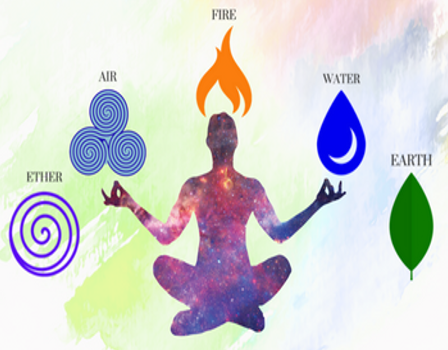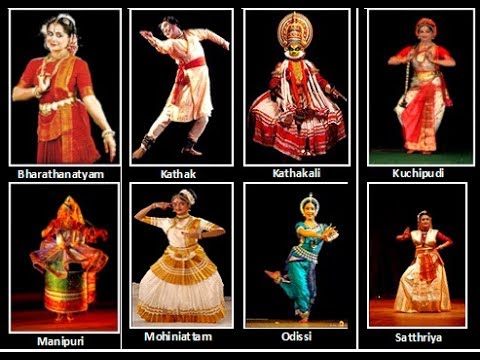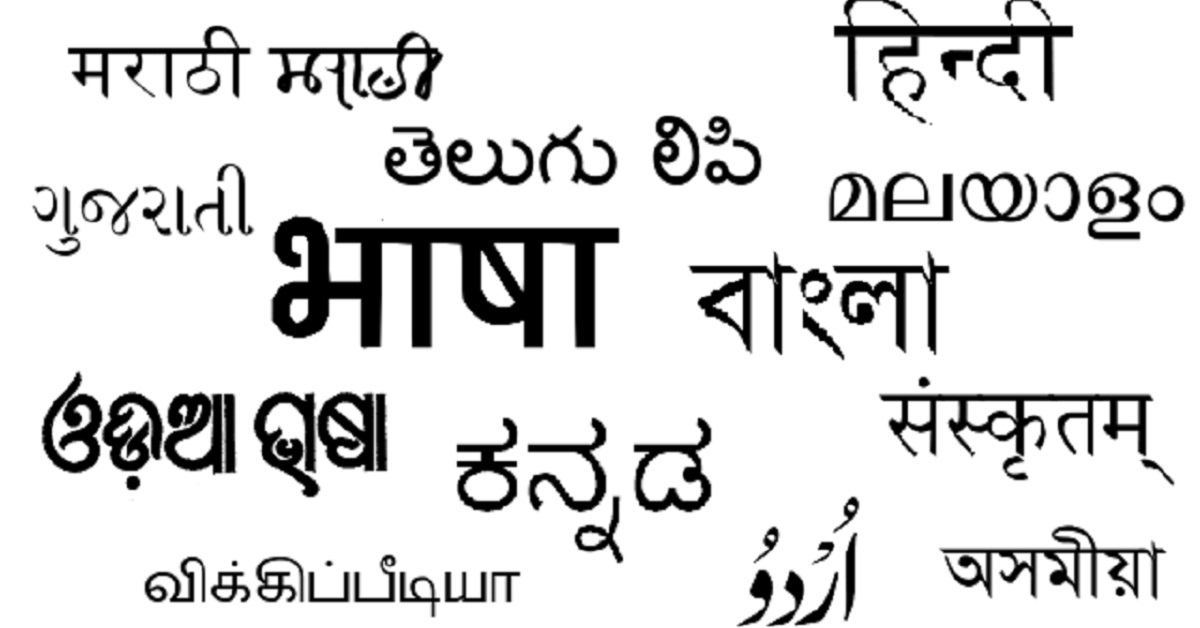The Schools of Indian Philosophy more precisely Hindu Philosophy are categorized into 𝙊𝙧𝙩𝙝𝙤𝙙𝙤𝙭 & 𝙃𝙚𝙩𝙚𝙧𝙤𝙙𝙤𝙭 philosophies.
The difference between both is based on the acceptance of the authority of the Vedas
- The orthodox school (Aastika school) - believes in the authority of Vedas
6 classical sub-schools (Shada Darshana) are:
- Sankhya
- Yoga
- Nyaya
- Vaisheshik
- Purva Mimansa (Mimansa)
- Uttar Mimansa (Vedanta).
- The heterodox school (Nastika school)- do not believe in originality of Vedas, questioned the existence of god
4 sub-schools are :
- Buddhist Philosophy
- Jain Philosophy
- Charvaka or Lokayata Philosophy
- Ajivika Philosophy
The knowledge can be acquired through
- Perception: Pratyaksha
- Inference: Anuman
- Hearing: Shabda
Purusha associated with consciousness
Prakriti – thoughts, movements, transformation
- Various postures – Asanas
- Breathing exercise – Pranayama
- Other ways of achieving freedom –
Yama, Niyam, Dhyan, Dharana, Pratyahara, Samadhi
- Yoga: practical path for the realization of the self
- Samkhya: attainment of knowledge of the self by means of concentration and meditation.
- Acquiring Real knowledge can only accrue salvation
- Use of logical tools- Inference, Hearing, Analogy
- Stressed on systematic reasoning and thinking
- God decides the merits and demerits of our actions – Heaven / Hell
- Creation of universe – cyclic process – decided by the god
- Follows a scientific and a rational approach
- Examines the teachings of the Veda in the light of rituals
- Reasoning, interpretation, and application
- Focuses on the analysis of Samhitas and Brahmana
- Vedas contain eternal truth
- If anyone did not understand rituals – take help from the priest
- This philosophy legitimized the social distance between classes
- Upholds the philosophies given in the Upanishads -- emphasis on Brahma Gyan
- Vedanta has its roots in Sankya Philosophy
- Brahma is the reality of life and other everything is Maya
- Atma is similar to Brahma - Equalizes Atma and Brahma
- Believed in the theory of Punarajanma or Rebirth
Right Faith (Samyak Dristi)
Right Resolve (Samyak Sankalpa)
Right Speech (Samyak Vakya)
Right Action (Samyak Karmanta)
Right Living ( Samyak Ajiva)
Right Thought (Samyak Smriti)
Right concentration (Samyak Samadhi)
Right Effort (Samyak Vyayama)
- Vinaya Pitaka ( Rule of order for Buddhist)
- Sutta Pitaka (Buddha’s sermon and doctrine)
- Abhidhamma Pitaka (Budhha’s Philosophy)
- Astikaya(Something that has physical shape )
- Anastakiya (Something which has no physical shape)
- Dharma- everything that has a substance
- The substance is eternal and unchangeable.
- Foundation laid by Brihaspati
- One of the earliest school that developed Philosophical theory
- Mentioned in Vedas and Brihadarankya
- Characterized as a materialistic and aesthetic school of thought
- Denied the existence of supernatural agent who regulates our conduct on earth
- Discussed against the need to achieve salvation
- Denied existence of Brahma or God and their representatives on the earth
- Most important leader Makkhali Goshala contemporary to Mahavira and Buddha
- Central belief - absolutely everything is predetermined by fate
- Basic theme of ajivikism is the doctrine of niyati or destiny
-vedicheritage.gov.in
-incredibleindia.org
-ancient.eu
- Jain Times
- The Upanishads - Swami Paramanand
- Indian Art & Culture by Gaurav Agarwal
- Indian Art & Culture by Nitin Singhania























